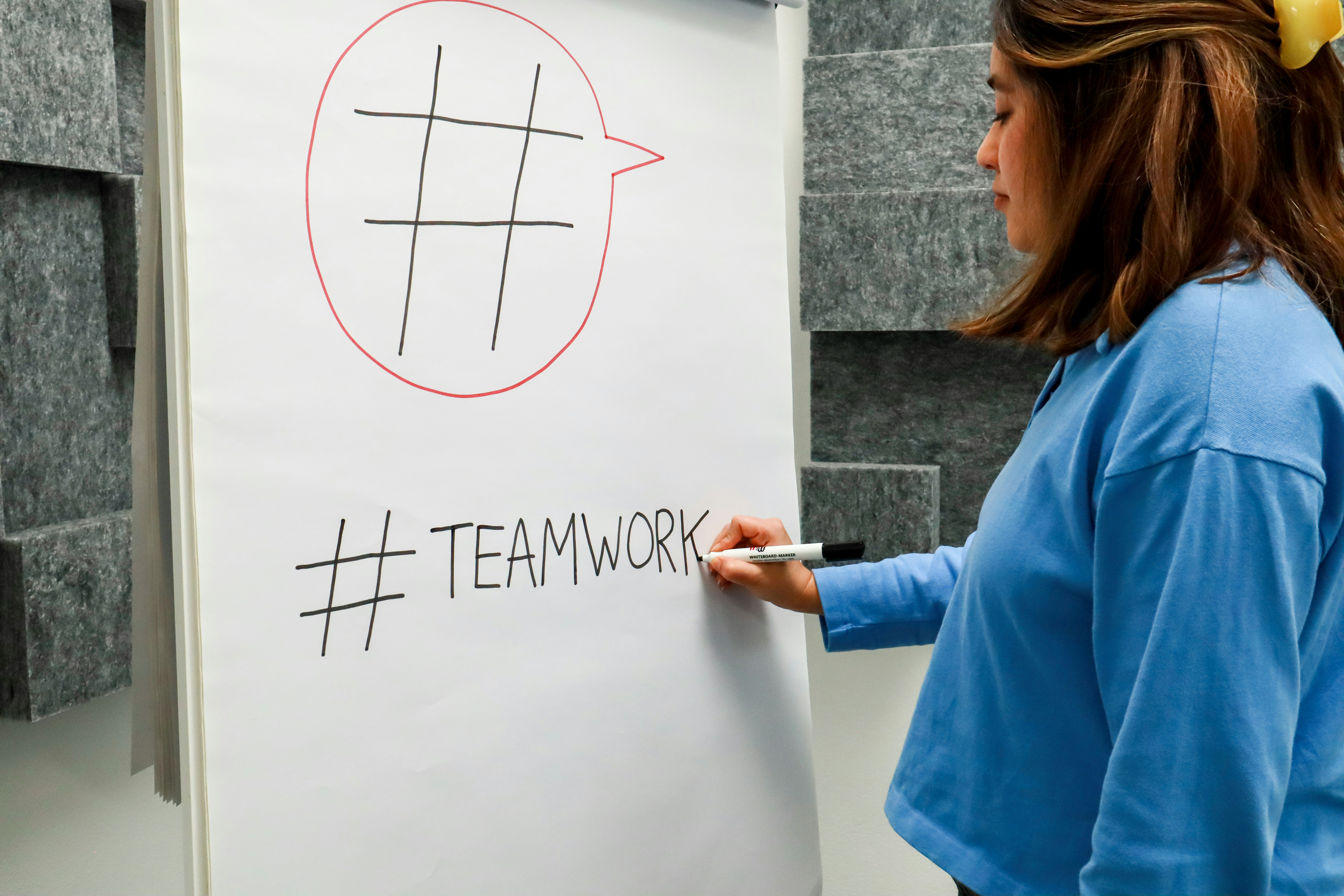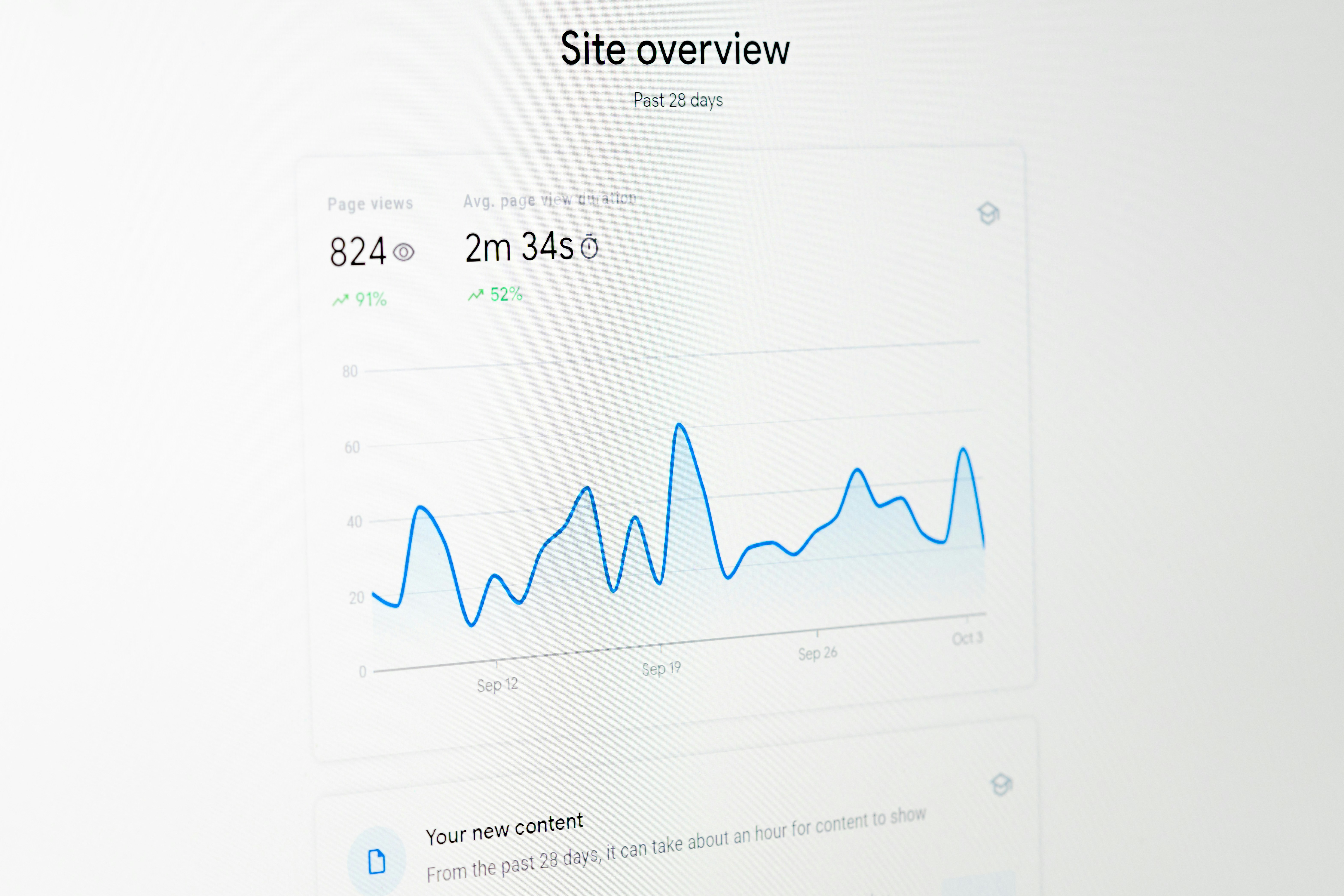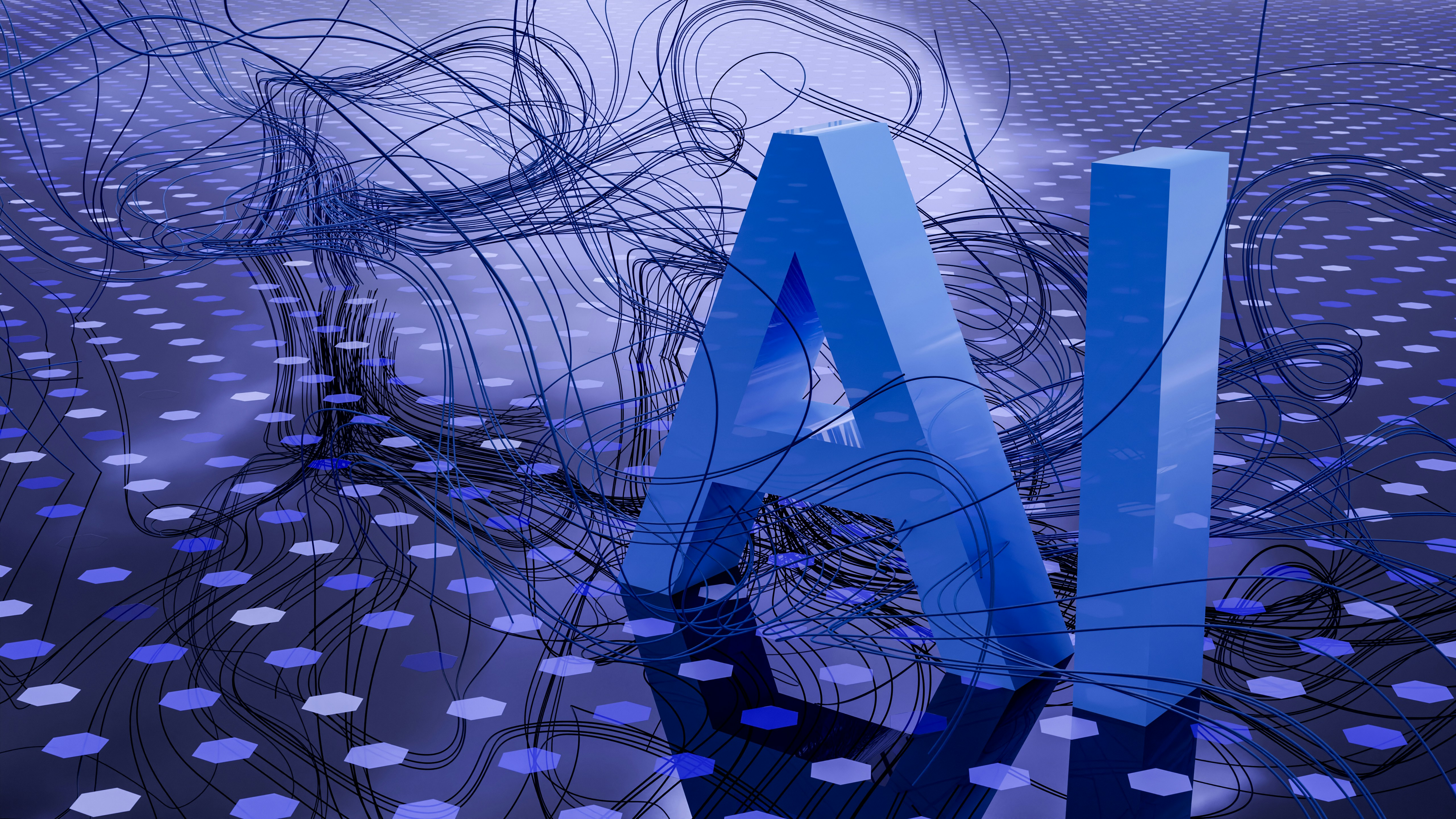Unlock Business Potential: AI Tools to Enhance Team Collaboration
In the ever-evolving landscape of business, the integration of artificial intelligence (AI) into daily operations has transformed how teams collaborate and innovate. The power of AI collaboration tools, akin to a finely tuned symphony, orchestrates the flow of information and collective creativity, fostering innovative team composition and enhancing cross-disciplinary synergy. Companies that embrace these technologies are not only streamlining their operations but also maximizing team performance and creativity.
The Evolution of AI Tools in Business Collaboration
Artificial intelligence isn't a new concept; its roots stretch back to the mid-20th century. However, its potential in business collaboration has reached unprecedented heights in recent years. The rise of AI collaboration tools stems from the need for businesses to adapt to rapidly changing markets, diverse teams, and the increasing demand for innovation.
Today’s AI tools can analyze data, automate routine tasks, and facilitate seamless communication across various departments. This evolution has far-reaching implications, especially in areas that rely heavily on teamwork and collaboration, like product development, marketing, and customer service.
How AI Tools Enhance Team Dynamics
AI tools play an invaluable role in enhancing team dynamics by addressing common pain points in collaboration. These tools provide real-time insights, streamline communication, and promote transparency.
Improvement in Communication Channels
Imagine a scenario where marketing, development, and sales teams collaborate on a product launch. AI collaboration tools can create a centralized platform where everyone shares insights, documents, and progress updates. Platforms like Slack and Microsoft Teams, enhanced with AI capabilities, allow for automated reminders, analyses of conversation trends, and suggestions for more effective communication strategies.
This reduces the risk of misunderstandings, accelerates decision-making, and ensures that everyone is on the same page. An internal study by Microsoft indicates a 20% increase in productivity when teams leverage sophisticated AI-driven collaboration tools.
Data-Driven Decision Making
One of the most powerful aspects of AI tools is their ability to process and analyze large datasets quickly. This enables teams to make data-driven decisions rather than relying solely on instinct or experience, leading to more accurate outcomes.
For instance, platforms like Tableau and Google Analytics offer insights into customer behavior that can drive marketing strategies. This empowers team members from different departments to align their strategies based on shared data, improving the overall outcome of initiatives. Moreover, combining insights from marketing analytics with product development through AI collaboration fosters a holistic view of the customer journey.
Enhanced Workflow Automation
AI tools can also automate repetitive tasks, freeing team members to focus on higher-value creative activities. By automating routine functions like scheduling meetings and data entry, businesses empower their employees to engage in brainstorming sessions, creative problem-solving, and strategy formulation.
For example, using AI-driven tools like Asana or Trello can assist project managers in tracking progress, assigning tasks based on team members' strengths, and predicting project timelines based on historical data. This not only accelerates workflow but also ensures that team members feel valued, motivated, and engaged in their work.
Fostering Cross-Disciplinary Synergy
The capability of AI tools to break down silos within organizations is essential for fostering cross-disciplinary synergy. In a traditional business environment, departments may operate in isolation, leading to missed opportunities and fragmented strategies. However, AI collaboration tools can bridge these divides.
Encouraging Diverse Skill Sets
An effective AI collaboration tool integrates different functionalities, enabling employees with diverse skills to work together seamlessly. For example, an engineering team can collaborate with marketing experts to develop a product that not only meets technical requirеmеnts but also aligns with customer preferences.
AI tools can analyze customer feedback, market trends, and product specifications to identify successful synergies between these departments. Collaborative platforms also allow for education across functions, enhancing team members’ understanding of one another's roles and skills.
Real-Time Feedback and Iteration
An essential feature of AI collaboration tools is real-time feedback. Teams using these tools can iterate designs or strategies quickly based on shared input. Imagine a product development team collaborating with customers, marketing, and sales through an AI-driven platform where feedback is collected as soon as a new feature or product prototype is introduced.
Tools like UserTesting provide valuable insights into how potential customers interact with the product, allowing companies to adjust their strategies and speed up development cycles. This responsiveness is vital in today’s fast-paced markets and facilitates innovation in ways that traditional feedback loops cannot.
Case Studies: Transforming Collaboration with AI
To understand the profound impact AI tools have on business collaboration, let us explore some real-world case studies.
Example 1: Uber's Operational Model
Uber has revolutionized transportation, not just through its service but also with the internal collaboration tools it has developed. Using an AI-driven system for communication among drivers, support, and corporate teams, Uber has achieved a high level of operational efficiency. The integration of real-time data analysis helps the organization anticipate demand and optimize resource allocation.
Moreover, by utilizing machine learning algorithms, Uber continuously refines its algorithm for matching riders with drivers, creating a seamless experience that relies heavily on cross-department collaboration.
Example 2: Deloitte and AI-Enhanced Collaboration
Deloitte, a global leader in consulting, has adopted AI collaboration tools that allow different teams and regions to interact and share insights efficiently. By using machine learning and natural language processing, teams can analyze long reports and digest them in seconds, pulling essential elements for specific client needs.
This project showcases how AI tools don't just enhance collaboration—they can redefine the organizational structure by breaking down traditional hierarchies and encouraging fluid, project-based team formations.
The Future of AI Tools in Business Collaboration
As we look ahead, the integration of AI tools in business collaboration is set to become increasingly comprehensive.
Personalization and Adaptability
AI is continuously learning from users' interactions. This adaptability paves the way for personalized experiences where AI collaboration tools can suggest relevant resources, streamline workflows, or recommend new team formations based on project needs and employee skills. This level of personalization will enhance the user experience and improve employee satisfaction by ensuring that their individual needs are met.
Ethical Collaboration
The ethical considerations of AI in business are gaining attention. Tools are being developed not just to improve productivity but to ensure an equitable and inclusive workplace. Organizations will likely focus on using AI tools in ways that respect employee privacy while promoting transparency and fairness in decision-making processes.
By embracing ethical AI practices, businesses can foster an environment of trust and enhance employee well-being. Research suggests that companies prioritizing ethical practices report higher engagement and retention rates among employees.
Addressing Potential Challenges
While the advantages of AI collaboration tools in enhancing business performance are clear, certain challenges must be navigated. Addressing these challenges ensures a smoother transition and stronger collaboration across departments.
Resistance to Change
One of the most significant barriers organizations face is resistance from employees who are accustomed to traditional ways of working. To counter this, businesses must invest in comprehensive training programs and create a culture that embraces change. Employees need to see the clear benefits of AI tools and how they can enhance their workflows.
Managing Data Security Risks
With the increased reliance on AI collaboration tools, data security becomes a priority. Companies must implement robust security measures to protect sensitive information. Investing in secure platforms and educating employees on data privacy ensures that collaborative efforts are not only effective but also safe.
Final Thoughts
In conclusion, as we navigate the complexities of modern business, AI collaboration tools emerge as essential instruments in fostering innovative team compositions and enhancing cross-disciplinary synergy. By leveraging these powerful technologies, organizations can transform how they operate, ensuring they remain competitive and agile in an ever-changing landscape.
The implementation of AI tools can help streamline processes, enhance creativity, and create an environment where team collaboration thrives, ultimately leading to greater success. As you explore AI-driven solutions, consider what unique challenges your organization faces and how these tools can be tailored to meet your specific needs.
Start today by evaluating the platforms available and envision the possibilities that await your team. Embrace the journey of integrating AI into your collaborative efforts, and watch as your business harmonizes into a well-orchestrated symphony of innovation and efficiency.















